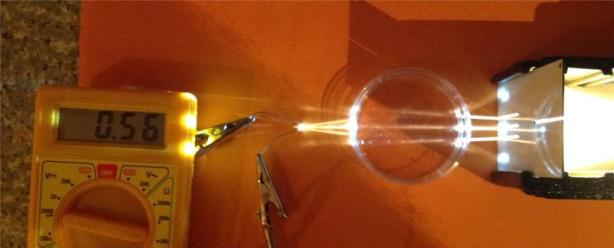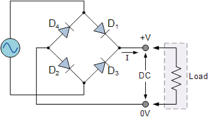We have been thinking about effective ways to teach and consolidate Newton’s 3rd law of motion and in particular we have focused on an example that often causes a lot of confusion among learners and (sometimes) teachers – an object at rest on a table. The question is “what are the forces acting on an apple at rest on a table?” followed by “are these forces an example of Newton’s 3rd law pair of forces?”
We have embedded the mind map below to illustrate a possible sequence of activities that might help learners to understand this problem, hence, consolidating their knowledge and understanding of Newton’s 3rd law. The mind map is explained in more detail below.
The mind map above is intended to be read clockwise starting from the ‘Knowledge‘ branch. Here we outline the prior knowledge we would expect a group of yr11 students (15-16) to have before this series of activities.
The ‘Sequence‘ branch points out that traditionally Newton’s laws are taught starting from the 1st law and moving to the 2nd law and then the 3rd law. This is usually reflected in exam board specifications. However, we suggest that a more logical sequence could be to start from the 3rd law, then 2nd and 1st. This is because our proposed sequence goes from more general and universal interactions to more specific cases of forces. Let us explain what we mean here. Newton’s 3rd law deals with the interaction between two objects and it explains the universal truth that forces never come in isolation, but that every force has an equal and opposite force which completes the pair. This is often referred to as “for every action there is an equal and opposite reaction”. However, the last statement does not emphasise the fundamental point that for an ‘interaction pair’ in Newton’s 3rd law terms to occur there must be an interaction between two objects, so as object A applies a force on object B, object B will apply an equal an opposite force on object A. Newton’s 2nd law deals with the forces applied on a single object and this enables us to study how the state of motion of this object changes. In fact, F = ma accounts for the vector sum of all the forces on the object in question (the resultant force F) and essentially states that a resultant force different from zero will cause an acceleration on that object, i.e. its velocity will change. Newton’s 1st law is, therefore, a special case of Newton’s 2nd law for objects where the resultant force is zero. In fact, if the net resultant force is zero, the object is said to keep moving at constant velocity (if it was already moving), or to remain at rest (if it was stationary), i.e. its state of motion will not change.
The ‘strategy‘ branch outlines some useful ways to introduce the problem and to enable your pupils to think deeply about the problem of the apple on the table. So, at first we would give an apple to each group of students and ask them to put it on their table and stick some laminated arrows on the apple with blue-tack to illustrate the forces acting on the apple. Students are given arrows of different colour and size to encourage them to use their own ideas. For example, students who understand that the weight of the apple and the contact force of the table on the apple are two different types of forces (hence, cannot be an example of Newton’s 3rd law) might use different colours, but equal sizes to represent the forces on the apple. At this stage we encourage learners to share their ideas through group and class discussion. The role of the teacher in facilitating class discussion should be to paraphrase ideas expressed by students, but in a non-judgemental way, so that other pupils are not influenced by the teacher too early. The rationale behind this approach is to let students explore each other ideas and explanations, so that their own understanding of Newton’s laws can be challenged and they are forced to think more deeply about these topics, possibly reaching cognitive conflicts.
At this point it is useful to introduce the ‘language‘ in the fourth branch of the mind map “The force of the ‘thing’ on the ‘thing'” (we need to acknowledge the great Helen Reynolds here, as we were introduced to this language by her). This helpful and careful use of language enables the learners to focus on Newton’s 2nd and 3rd laws in more intuitive and logical ways. So, when looking at all the forces on the apple we identified two forces:
– The gravitational force of the earth on the apple
– The contact force of the table on the apple
This language helps us to clearly distinguish what type of force is applied, what object applies the force and on what object the force is applied (the apple). So, the two forces above cannot be an ‘interaction pair’ (Newton’s 3rd) because they are both applied to the apple and they are different in nature.
If we are looking at the interaction pairs in Newton’s 3rd law terms for the two forces above we would use the same language to say:
– The gravitational force of the earth on the apple
– The gravitational force of the apple on the earth
And for the contact for of the table:
– The contact force of the table on the apple
– The contact force of the apple on the table
It is useful to then introduce other examples of objects experiencing forces using a good mix of contact and non-contact forces and let the students use the language introduced above to identify the forces acting on these objects and discuss whether they are examples of Newton’s 2nd, or 3rd law.
//





















